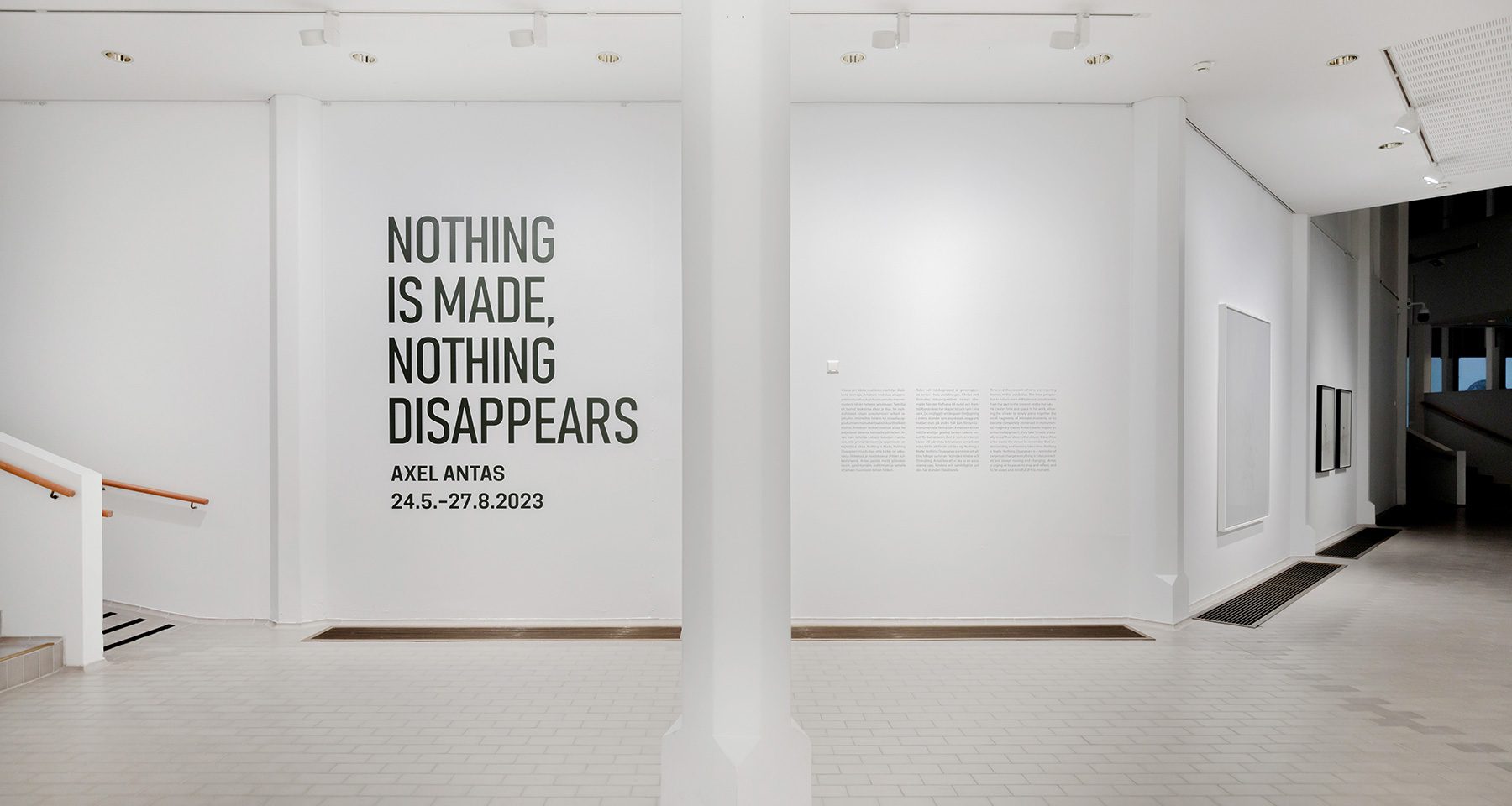Nothing is Made, Nothing Disappears – Poikilo Museum / 24 May – 27 August 2023
“Nothing is Made, Nothing Disappears” is Axel Antas’ first solo museum exhibition in Finland. The works in the exhibition are predominantly from the last few years, but they nevertheless provide a comprehensive account of the themes he has been working on during his 20-year career. There are also new works, including photographs, drawings and video works, which he has completed this year. Antas is a multidisciplinary artist working in a wide range of media and techniques.

